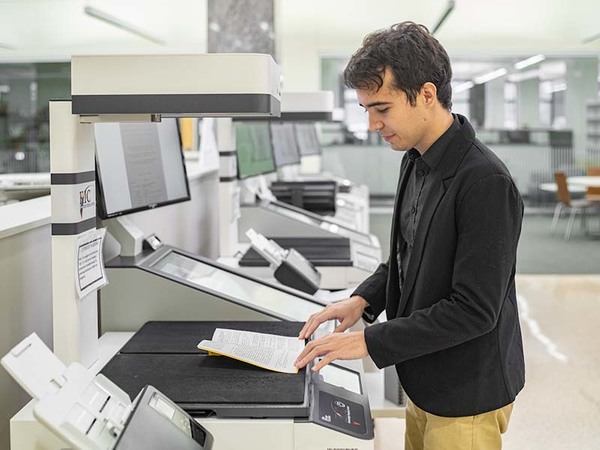
Sometimes what seems like a random bit of trivia turns into much more. As a student of history and philosophy of science, Sebastián Murgueitio Ramírez was aware of the existence of Epistemological Letters as an obscure journal/newsletter devoted to the foundations of physics at a time of deep skepticism of such inquiry within the wider physics community. So when he was asked to find and research an overlooked academic paper for a history of science class, he thought, “OK, I’ll find something there.”
“I was sure there were probably papers (published in Epistemological Letters) that had gone unrecognized because the journal is so hard to find,” said Murgueitio Ramírez, a graduate physics student and a doctoral candidate in the history and philosophy of science at the University of Notre Dame whose work focuses on symmetries and quantum mechanics.
While impossible to predict at the time, that seed of a thought would launch the Colombia native on an unexpected journey of discovery — backward and forward in time, from Europe to Boston, Boston to South Bend, South Bend to Chicago — and open a valuable door to the past for physicists and historians alike.
What’s more, it would add to Notre Dame’s reputation as a leader in the history and philosophy of science, both as a center of scholarship and an archival institution.
Published in Switzerland in the 1970s and 1980s, Epistemological Letters was a critical venue for work that was viewed as marginal by mainstream physicists of the era — work that would later contribute to important developments in areas such as quantum computing, quantum encryption and quantum teleportation.
Think a Reddit for theoretical physicists.
While primarily subscriber-based, the newsletter was distributed unsolicited to a who’s-who of physicists and philosophers of the era, as well, from Nobel Prize-winning German physicist Werner Heisenberg to Victor Weisskopf, an Austrian-born, American physicist who worked on the Manhattan Project and later co-founded the Union of Concerned Scientists.
But where to find the newsletter?